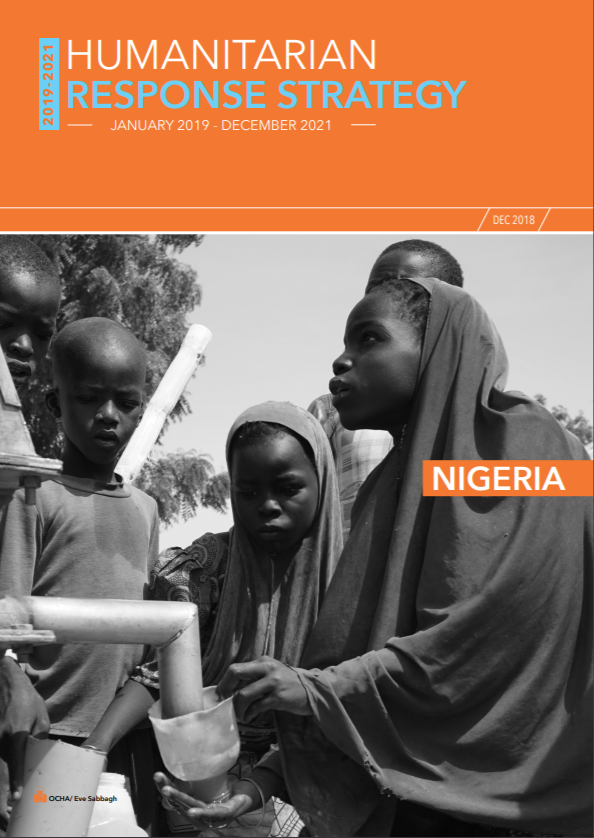Humanitarian Response Strategy Nigeria

Despite a significant scale-up of the humanitarian response by the United Nations and humanitarian partners since 2016, in support of the Government of Nigeria, the humanitarian crisis in the BAY states continues. Civilians still bear the brunt of a conflict that has led to widespread forced displacement and violations of international humanitarian and human rights law. New and protracted displacement, triggered by the conflict, continues to affect access to basic services and disrupts the livelihoods of millions of people. Acute malnutrition among children under the age of five is above emergency thresholds in many parts of the BAY states.
Country
Nigeria
Region
West Africa
Central Africa
Year
2019
Topics


